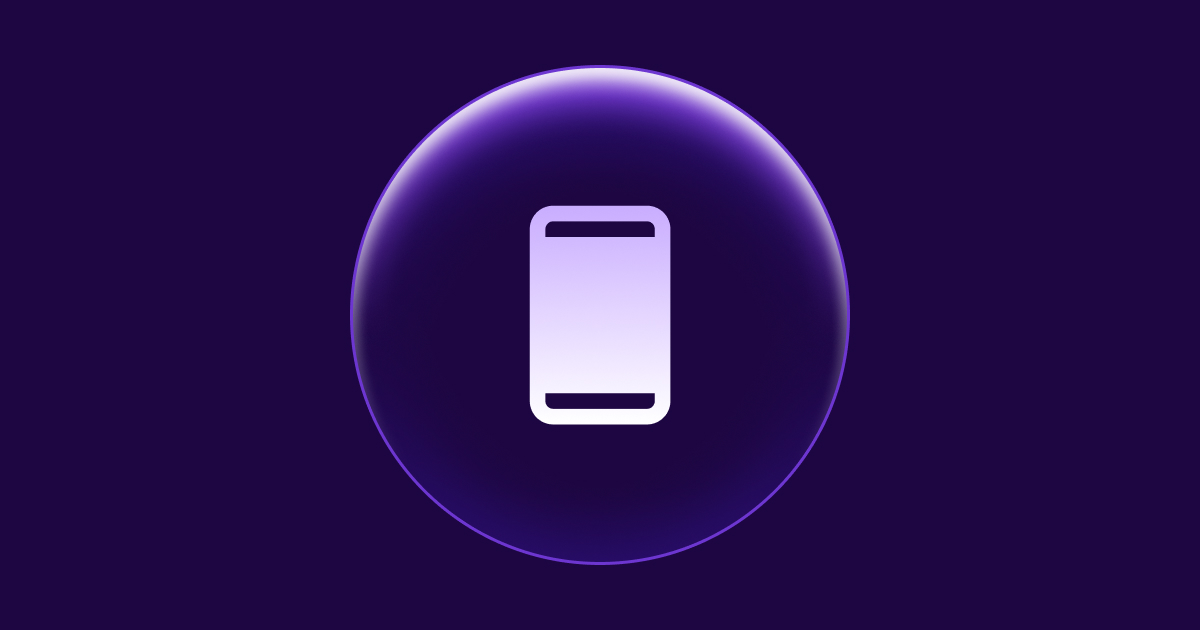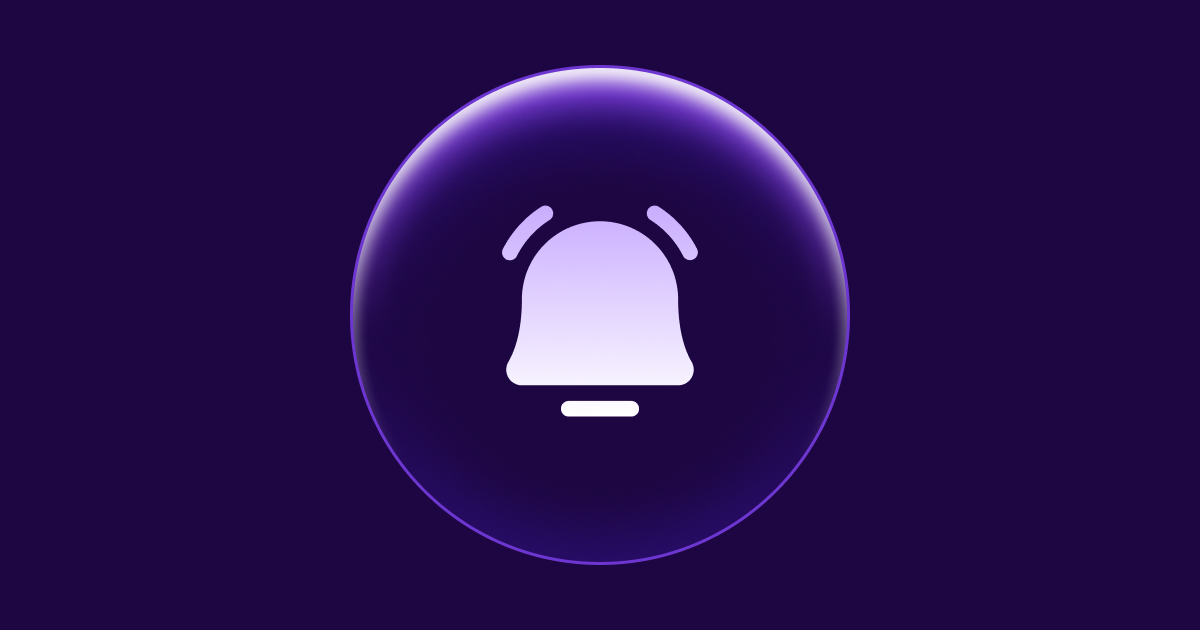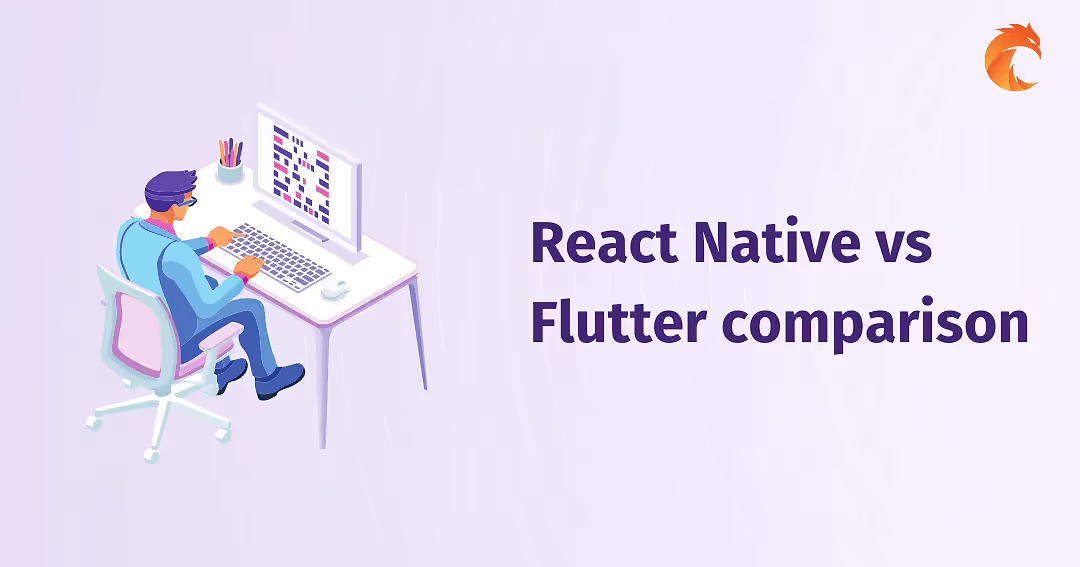Mobile Push Notifications description and comparison with Web Sockets
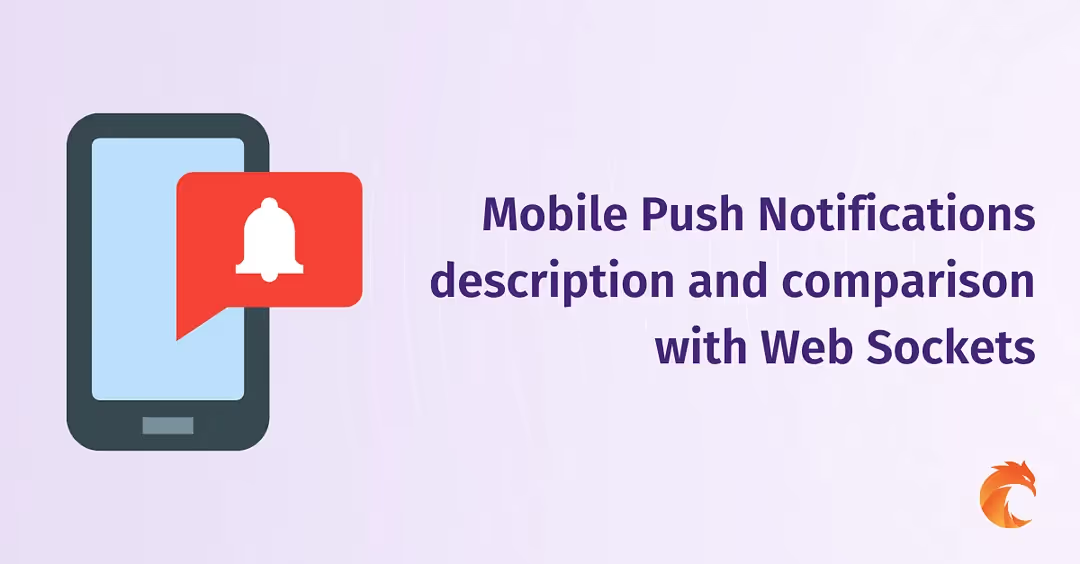

Mobile Push notifications are a feature of modern mobile systems that allow applications to notify users of new messages, updates, or other information, even when the user is not actively using the app.
With the increasing popularity of smartphones and other mobile devices, push notifications have become an important tool for delivering information and engaging with users in real-time.
Introduction
Definition of Push Notifications
Push notifications are small pop-up alerts that appear on the user's device screen. These notifications are generated by an app installed on the user's device and are sent to the user even when the app is not in use. The user can then tap on the notification to open the app and view the message or update.
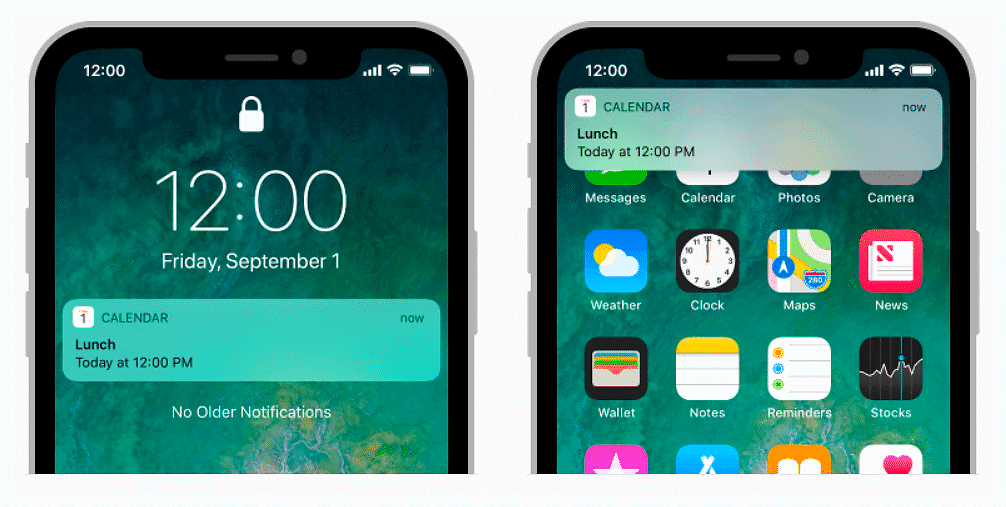
Importance of Push Notifications in Mobile Systems
Push notifications play a crucial role in the mobile experience, serving as a way for applications and websites to communicate with users in real-time. They provide a convenient and efficient way to deliver timely and relevant information, such as updates, alerts, and reminders, to users. Push notifications have several key benefits that make them a valuable tool in mobile systems:
- Increased Engagement: Push notifications have been shown to increase user engagement and app usage by reminding users of the app and keeping them up-to-date on new content and features.
- Immediate Delivery: Push notifications can be delivered immediately, regardless of whether the user is actively using the app or not, making them a valuable tool for delivering time-sensitive information.
- Personalization: Push notifications can be personalized based on user behavior and preferences, making them more relevant and valuable to the user.
- Improved User Experience: By delivering relevant and timely information, push notifications can enhance the overall user experience and provide a more seamless and convenient way for users to interact with their devices.
In conclusion, push notifications are a critical component of the mobile experience, helping to keep users informed, engaged, and connected. It is important for businesses and developers to understand their importance and to use them effectively to provide a valuable and enjoyable mobile experience for their users.
FCM and APNs in Android and iOS Systems
Overview of FCM
Firebase Cloud Messaging (FCM) is a cross-platform messaging solution that allows you to send push notifications to iOS, Android, and web users. It is the new version of Google Cloud Messaging (GCM) and is available as a free service from Google.
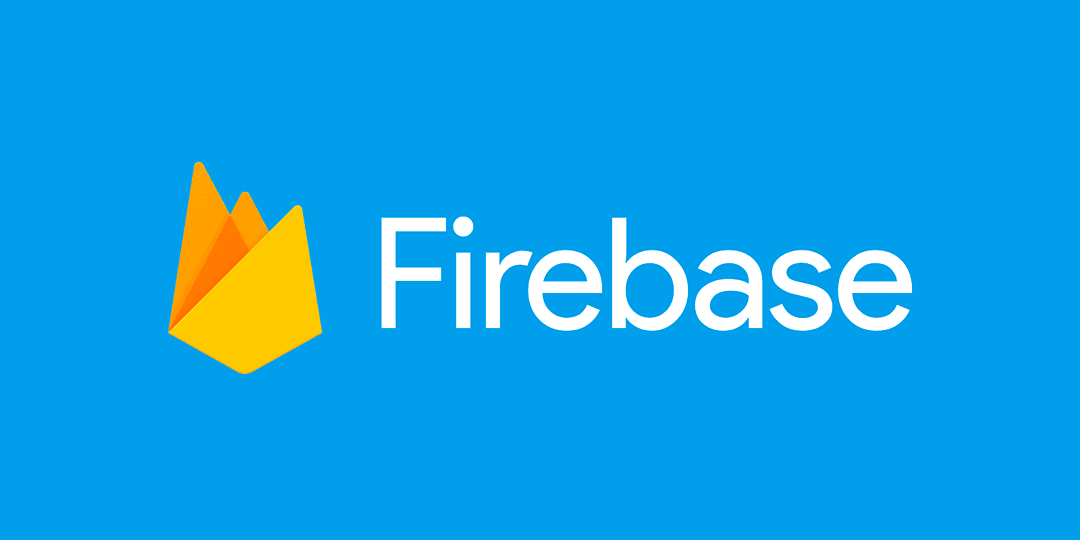
FCM provides an API that enables app servers to send messages to client apps running on multiple platforms, including Android, iOS, and web. The app server sends messages to FCM, which then forwards the messages to client apps. FCM also provides a set of client libraries for different platforms to simplify the process of sending and receiving messages. FCM supports sending messages containing data payloads up to 4 KB, as well as notifications containing an optional title, body, and icon. FCM also provides built-in targeting and delivery options, such as device groups, topics, and user segments, that allow you to send messages to specific sets of devices. Here is an overview of how the FCM protocol works:
- App server sends a message: The app server sends a message to FCM via HTTP or XMPP protocol, with the message including a target (such as a device token or topic), and the payload data.
- FCM receives the message: FCM receives the message from the app server and stores it in its internal message queue.
- FCM forwards the message to the client app: FCM forwards the message to the target device, which can either be a single device or a group of devices, such as all devices subscribed to a particular topic.
- Client app receives the message: The client app receives the message and can choose to display a notification, update the UI, or perform any other action based on the contents of the message.
- Feedback: FCM provides feedback to the app server regarding the status of messages sent to client devices, such as whether the message was delivered or whether an error occurred during delivery.
Overview of APNs
Apple Push Notification Service (APNs) is a service provided by Apple for iOS and macOS developers. APNs allows developers to send push notifications to users of their iOS or macOS apps. APNs is integrated into the iOS and macOS operating systems and is designed to provide fast and reliable delivery of notifications to users.

Like FCM APNs supports sending messages containing payloads up to 4 KB, as well as notifications containing an optional title, body, and sound. APNs also provides advanced targeting and delivery options, such as silent notifications and priority settings, that allow you to optimize the delivery of your messages. APNs protocol works in similar way as FCM:
- App server sends a message: The app server sends a message to APNs via HTTP/2 protocol, with the message including a target device token, and the payload data.
- APNs receives the message: APNs receives the message from the app server and stores it in its internal message queue.
- APNs forwards the message to the client app: APNs forwards the message to the target device specified by the device token.
- Client app receives the message: The client app receives the message and can choose to display a notification, update the UI, or perform any other action based on the contents of the message.
- Feedback: APNs provides feedback to the app server regarding the status of messages sent to client devices, such as whether the message was delivered or whether an error occurred during delivery.
Comparison of FCM and APNs
FCM and APNs are two popular platforms for delivering push notifications to mobile devices. They both serve the same purpose, but there are some differences between them that may make one a better choice for a particular use case.
FCM is a cross-platform messaging solution provided by Google, that supports both Android and iOS devices. It offers a number of features, including support for data messaging, automatic device group management, and the ability to send notifications to specific user segments. FCM is also integrated with other Firebase services, such as Firebase Analytics, making it easier to track and analyze the impact of push notifications on user behavior.
APNs, on the other hand, is an Apple-specific solution that is used to send push notifications to iOS and macOS devices. APNs provides a high-quality and reliable service, but it is limited to Apple devices and is more complex to set up and manage than FCM. It also provides a limited number of customization options, such as the ability to change the sound or badge count of a notification.
In conclusion, the choice between FCM and APNs will depend on the specific requirements of a project and the platforms that are being targeted. If a cross-platform solution is needed, FCM may be the better choice, while APNs may be preferred for Apple-specific projects that require a high level of reliability and quality.
Types of Notifications
There are three types of notifications that can be sent using push notification technology: push, data & push, and data notifications.
- Push Notifications: These are the most common type of notifications and are used to deliver simple alerts or messages to the user's device. They are displayed as banners or alerts, and can contain a short message, title, and badge number.
- Data & Push Notifications: These notifications combine the features of push notifications with the ability to send additional data to the app. This type of notification allows the app to perform actions, such as updating content, without requiring the user to open the app.
- Data Notifications: Data notifications do not display any visual or audible alert to the user. Instead, they send data directly to the app, allowing it to perform actions in the background. This type of notification is often used for tasks such as updating content or downloading files. In conclusion, the choice of which type of notification to use will depend on the specific requirements of the app and the type of information that needs to be delivered to the user. Push notifications are best suited for simple alerts, while data & push and data notifications are more appropriate for delivering updates and performing background tasks.
Real-Time Communication with Push Notifications and Web Sockets
Push Notifications: One-Way Communication
Push notifications are a form of communication that is initiated by a server and delivered to a user's device. Unlike two-way communication, such as email or text messaging, push notifications are a one-way flow of information from the sender to the recipient. The recipient cannot respond to the notification within the notification itself, but they may be able to open the app or website that sent the notification to interact with the information it contains. Push notifications are commonly used to alert users to new content, updates, or other important information, and they can be customized and targeted to specific audiences based on their preferences and behavior. Because they are one-way, they are typically considered less intrusive than other forms of communication and are often favored by users who want to stay informed without being bothered by constant notifications.
Web Sockets: Two-Way Communication
Web sockets are a technology for establishing two-way communication channels between a client and a server over the web. Unlike traditional web communication, which is based on request-response interactions between a client and a server, web sockets allow for real-time, bidirectional data transfer. This means that data can be sent from the client to the server and vice versa at any time, without the need for a request to be made.

This type of communication is useful in applications where near real-time updates are important, such as online games, chat applications, or collaborative tools. With web sockets, both the client and the server can initiate communication, enabling a more dynamic and interactive experience for the user. To establish a web socket connection, a client must first make a request to the server to upgrade the connection to a web socket. If the server agrees, a persistent connection is established and data can be exchanged freely between the two parties until the connection is closed. Web sockets are designed to be lightweight and efficient, making them a popular choice for building real-time mobile and web applications.
Understanding the Difference between Push Notifications and Web Sockets
Push notifications and web sockets are two important technologies in the realm of web communication, but they serve different purposes and have distinct characteristics. Push notifications, as discussed previously, are a one-way communication method where information is sent from a server to a user's device. The recipient is notified of the incoming message, but they cannot respond within the notification itself. Push notifications are typically used for alerting users to new information or updates.
On the other hand, web sockets allow for real-time, two-way communication between a client and a server. This means that data can be sent in both directions without the need for a request to be made. Web sockets are used in applications where near real-time updates are important, such as online games, chat applications or where we need two way communication.
In summary, push notifications are suited for simple, one-way notifications, while web sockets are designed for more dynamic, real-time interactions. The choice between the two technologies will depend on the specific needs of the application and the type of communication required. Here are main technical differences between two technologies:
- Latency: Web Sockets generally have lower latency compared to Push Notifications, as they provide a persistent connection between client and server. Push Notifications, on the other hand, may take longer to reach the user's device as they have to be delivered through platform-specific services and the notification center.
- Throughput: Web Sockets have a higher throughput compared to Push Notifications, as they provide a full-duplex communication channel for sending and receiving data in real-time. Push Notifications, however, are limited to simple notifications and alerts and may not be able to handle large amounts of data transfer.
- Control: Web Sockets offer more control and customization options compared to Push Notifications, as they allow the client to initiate and control the communication flow. Push Notifications, on the other hand, are mainly triggered by the server and delivered to the user's device without client intervention.
- Complexity: Implementing Web Sockets requires a deeper understanding of real-time communication protocols and is generally more complex compared to Push Notifications. Push Notifications, however, are easier to implement as they rely on platform-specific services and do not require a deep understanding of real-time communication protocols.
- Battery life: Push Notifications can have a negative impact on battery life, as they rely on the device's battery to receive and display notifications. Web Sockets, on the other hand, do not have this issue as they maintain a persistent connection with the server.
- Power restrictions and battery optimization: The weak spot of mobile push notifications is that they can be delay or even rejected through low power modes and battery optimizations, f.e. when battery level will drop beneath 20%. The greater problem is that this can be very different in random device models, which can be difficult to overcome for developers for all situation. That's why it might be a good habit to avoid connecting crucial application functionalities with push notifications and perhaps use Web Sockets instead. These points provide a more advanced comparison of Push Notifications and Web Sockets, showing the trade-offs and considerations that developers need to keep in mind when choosing between these technologies.
The Future of Push Notifications
Advancements in Push Notification Technology
Push notifications have a significant impact on the mobile user experience, and this impact is likely to continue in the future. With the growing number of mobile users and the increasing use of mobile devices for communication and entertainment, push notifications are becoming an increasingly important tool for delivering information and updates.
In the future, push notifications are expected to become even more sophisticated and personalized, with improved targeting and delivery based on individual user behavior and preferences. This will provide users with a more relevant and enjoyable mobile experience. However, push notifications can also have negative impacts on the user experience if they are not used responsibly. Overloading users with too many notifications or sending irrelevant or spammy notifications can lead to annoyance and the eventual disabling of push notifications altogether.
It is important for businesses and developers to understand the impact of push notifications and to use them responsibly, to enhance the user experience and build trust with their audience. In the future, user engagement and satisfaction will likely depend on the ability to effectively balance the delivery of relevant, valuable information with a respect for the user's time and attention.
Conclusions
It is important for developers and users alike to understand the role of push notifications in mobile systems and how they can be used to improve the user experience and engagement with apps. By staying up to date on the latest developments in push notification technology, developers and users can take advantage of the many benefits that push notifications offer. In conclusion, push notifications are an important tool for delivering real-time updates and messages to users of mobile apps. FCM and APNs are two popular push notification services, each with their own strengths and limitations. Push notifications are a one-way communication tool, while web sockets support two-way communication and are better suited for real-time communication and interaction with apps. The future of push notifications looks bright, with advancements in technology and AI promising to bring new and improved features and capabilities.
Want a stunning mobile app built with React Native?
Related posts
Dive deeper into this topic with these related posts
You might also like
Discover more content from this category
Creating a dedicated mobile app is a demanding task, both on the resource and time fronts. However, some alternatives allow us to use our current web page, like Capacitor and React Native WebView.
React Native has become a popular platform for developing mobile apps due to its versatility and ability to create native apps for both Android and iOS platforms using a single codebase.
Mobile app development has been on the rise in recent years, with more and more businesses and developers recognizing the importance of having a presence on mobile devices.


